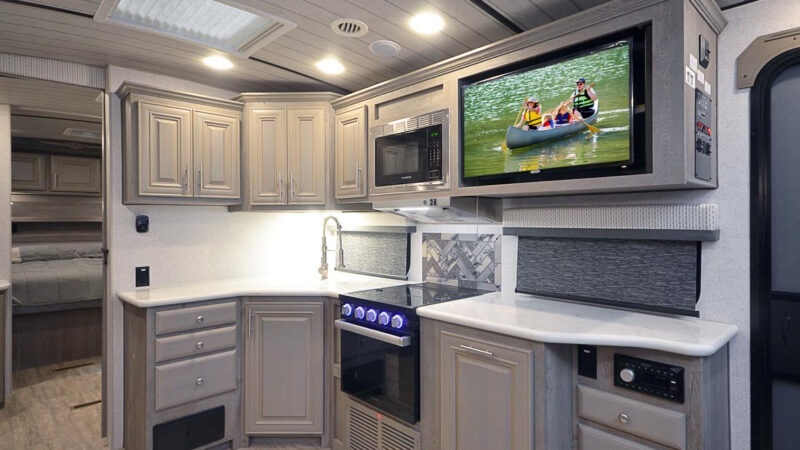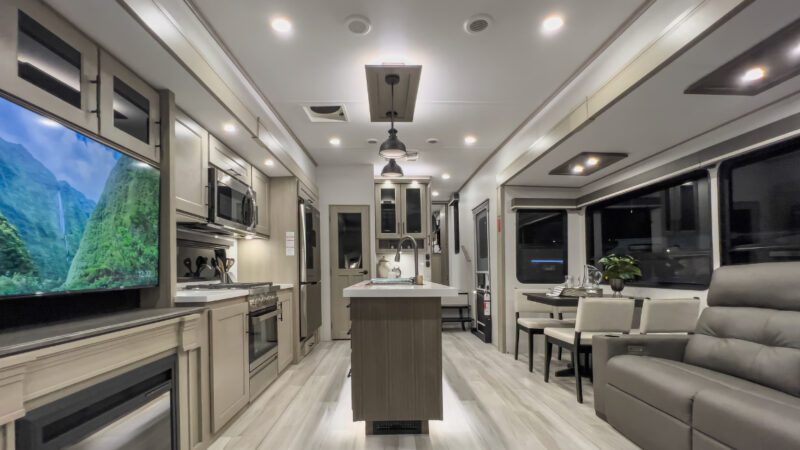More Technology We Want to See in Future RVs
A couple of years back, we shared a list of emerging technologies that we hoped to see in future RVs. That list included things like auto-tinting smart glass windows, self-cleaning wastewater tanks, and active noise-canceling technology designed to keep our campers blissfully quiet even at busy campgrounds. Since that original story was published, some of our picks have even become a reality. For instance, awnings with built-in solar panels, 5G internet connectivity, and more smart home features are all now available to consumers. You can even buy a fully-electric RVs should you choose.
But, as always, technology continues to advance at a rapid pace, introducing new features and functionality that could improve life on the road. So, we thought it was time to add a few new items to our wish list. Some that are available now, and a few others that are just over the horizon.
Here is yet more technology we want to see in future RVs.

Image Courtesy of Black_Kira/Getty
Solid State Batteries
Our original list included better RV batteries, and since we wrote that story, we’ve seen significant upgrades in this category. RV manufacturers have embraced power cells that are better, safer, and more efficient than ever before. Lithium iron phosphate (LiFePO4) batteries, in particular, have been a game-changer, bringing much longer lifespans and improved storage capacity to make off-grid camping more of a reality.
But soon LiFePO4 batteries will be replaced with solid-state power cells, which will be a generational leap forward. This new type of battery chemistry offers more energy density, has an even longer lifespan, and is even safer than current models. It also performs better in both cold and hot temperatures, making it a great option for boondockers and overlanders.
Better still, solid-state batteries will power the next generation of electric vehicles, including fully electric RVs. This type of battery will add additional range and faster charging capabilities while reducing weight and cost. We’re still a few years from this technology going mainstream, but when it does, it will be another major step forward in terms of efficiency and environmental protection.
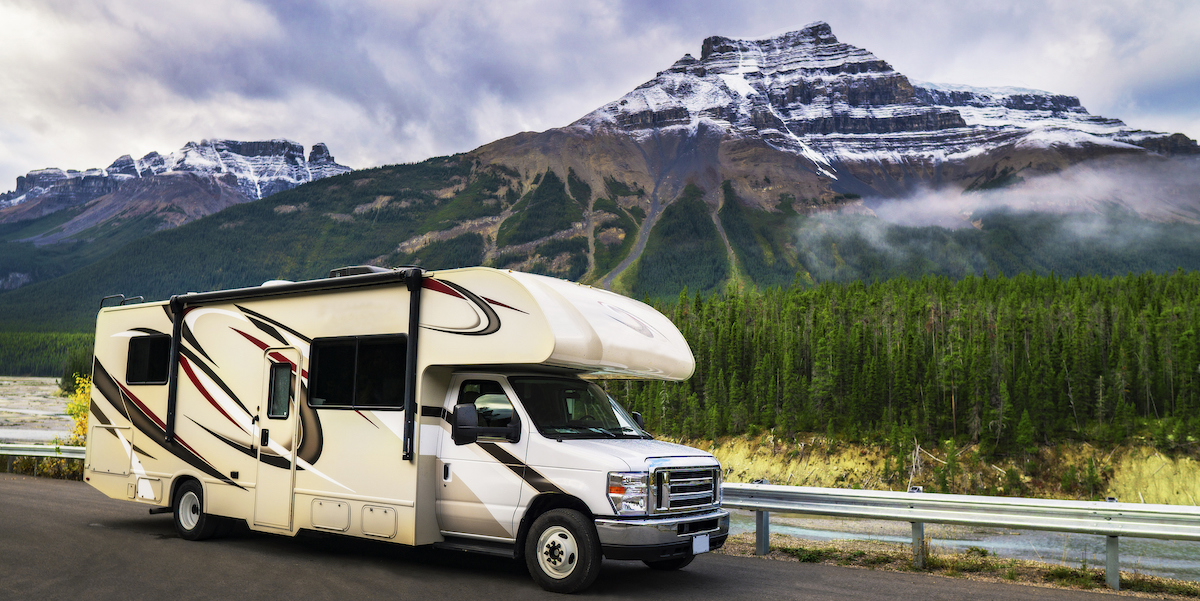
Photo Credit: Cavan Images/Getty
Regenerative Braking
Regenerative braking has been a feature in hybrid and electric cars and trucks for years, and it could be a handy feature for RVs, too. Essentially, this technology collects the kinetic energy generated from the friction that occurs when applying the brakes and feeds it back into the battery. For an EV, this process extends the range, allowing the vehicle to drive further without having to stop to recharge. But on an RV, that energy could conceivably be harnessed and fed into the house batteries, recharging them while driving to your next campsite. The tech doesn’t need to be on a motorhome or camper van either, as it could easily work with a towable, too.
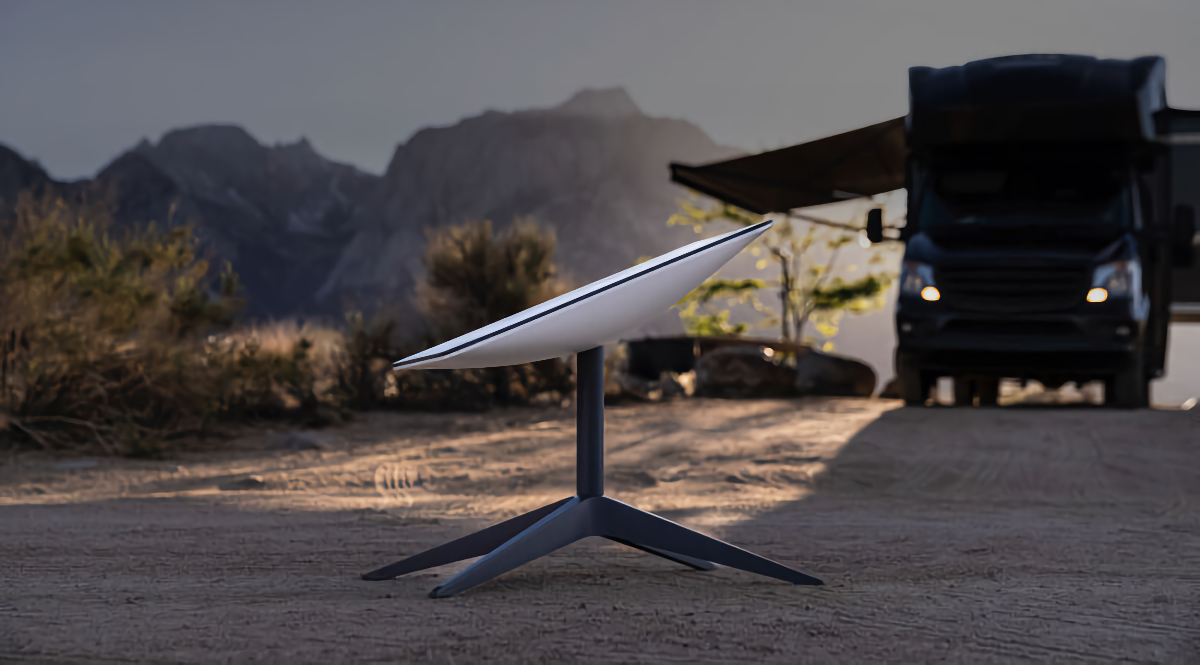
Image Courtesy of Starlink
Starlink Everywhere
Starlink satellite internet is another game-changing technology that has gone mainstream with RVers over the past two years. Some RV manufacturers now even offer built-in receivers as standard equipment or as an optional add-on. But considering how fast and reliable the service is, we’d love it if even more brands—across a variety of price points—offered a factory-installed option for a Starlink antenna.
To be fair, we recognize that Starlink hardware isn’t cheap. The high-performance mounting kit currently costs $2,500, after all. Still, we hope to see wider-scale adoption of the tech moving forward, especially as the receiver gets smaller, faster, and more efficient. Considering how many of us have the option to work remotely these days, having access to the service already installed would make life easier and more enjoyable on the road.
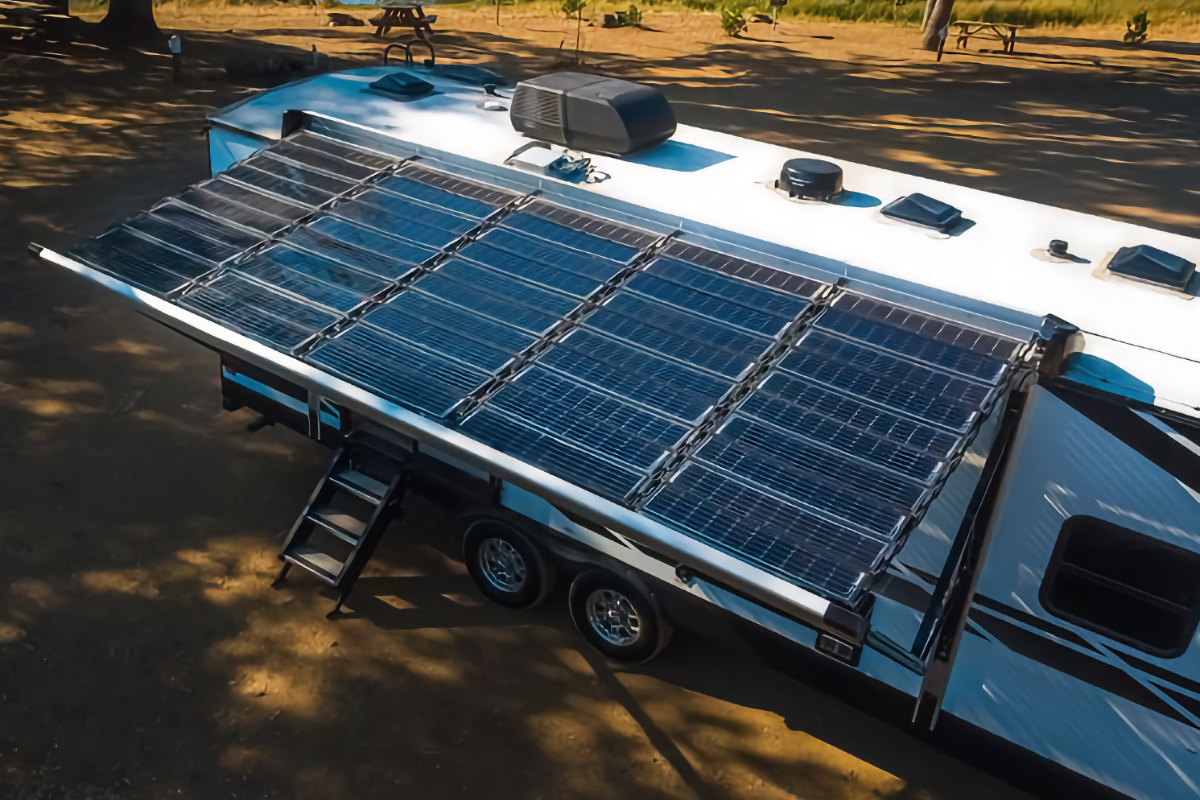
Image Courtesy of Xponent Power
More Solar, Too
Over the past decade, solar panels on RVs have gone from being a novelty to very commonplace. In fact, most new models now come with solar panels installed, with the option to increase capacity by adding additional panels as needed. But like battery technology, solar tech is improving, too, with some exciting possibilities for RVers.
The biggest gains in solar power are coming via improved efficiency, which is a measure of a photovoltaic cell’s ability to generate electricity from the sun. Most current panels are roughly 20%-22% efficient, which is up dramatically from only a decade ago. However, the technology continues to improve rapidly, with some industrial-grade solar panels now approaching 45% efficiency. In other words, newer cells could double the amount of power generated, creating more opportunities for RVers to travel and camp off-grid.
But solar isn’t just getting more efficient, it’s getting more ubiquitous. Recent breakthroughs have allowed scientists to create a new ultra-thin material that can be applied to a variety of surfaces, turning them into solar panels for collecting energy. Imagine if your RV’s entire roof could be made into an electricity-collecting surface, feeding all of that power into a solid-state battery pack. Right now, that is a very expensive prospect to bring to market, but as with all things tech, it will likely become much more affordable in the coming years.
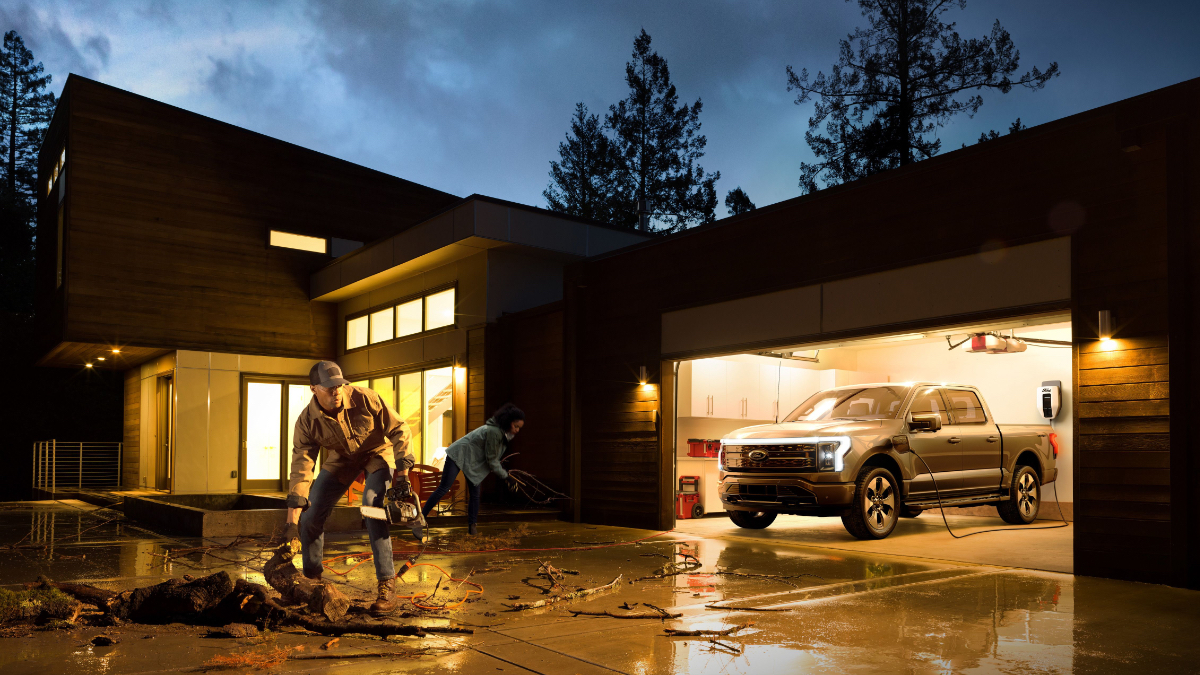
Photo Credit: Ford
Supply Power to Your Home
Some electric vehicles—like the Ford F-150 Lightning—can use their large battery packs to supply power back to your home during a blackout. This feature can be extremely helpful during emergency power outages, keeping a home running for days at a time with conservative energy use.
We’d love to see this technology come to RVs, too. As house batteries get larger, more efficient, and more powerful, there is no reason they couldn’t be set up to share power with your home when the electricity is out. And with solar panels on the roof to help recharge those batteries, it may be possible to run for extended periods while waiting for the grid to be repaired.

Photo Credit: Marina Dekhnik/Getty
AI Assistants
Siri, Alexa, and Google Assistant have been helping us to all kinds of menial tasks on our phones and in our smart homes for years now. But thanks to the rapid growth of artificial intelligence research and technology, those rudimentary AI personalities are about to get a makeover.
Imagine having an AI assistant built into your RV that can create travel routes that take the size of your vehicle into account. That same tech could also learn your travel preferences and recommend places to stop and things to see while en route. It will monitor your vehicle for safety and maintenance purposes, alerting you when something needs your attention. It will also intelligently control your HVAC system, power, lights, and other features to better optimize comfort and performance.
A smarter AI assistant will help you find campsites and automatically make reservations for you. It will suggest trails to hike and bike, provide up-to-the-minute weather alerts, and automatically close windows and awnings when conditions warrant. It’ll allow you to communicate with friends and family more easily while on the road and it’ll know when your fridge needs to be restocked and put in an order to a grocery store along your route.
The possibilities for AI assistants are nearly endless, and what we’re seeing them used for today is just the tip of the iceberg.
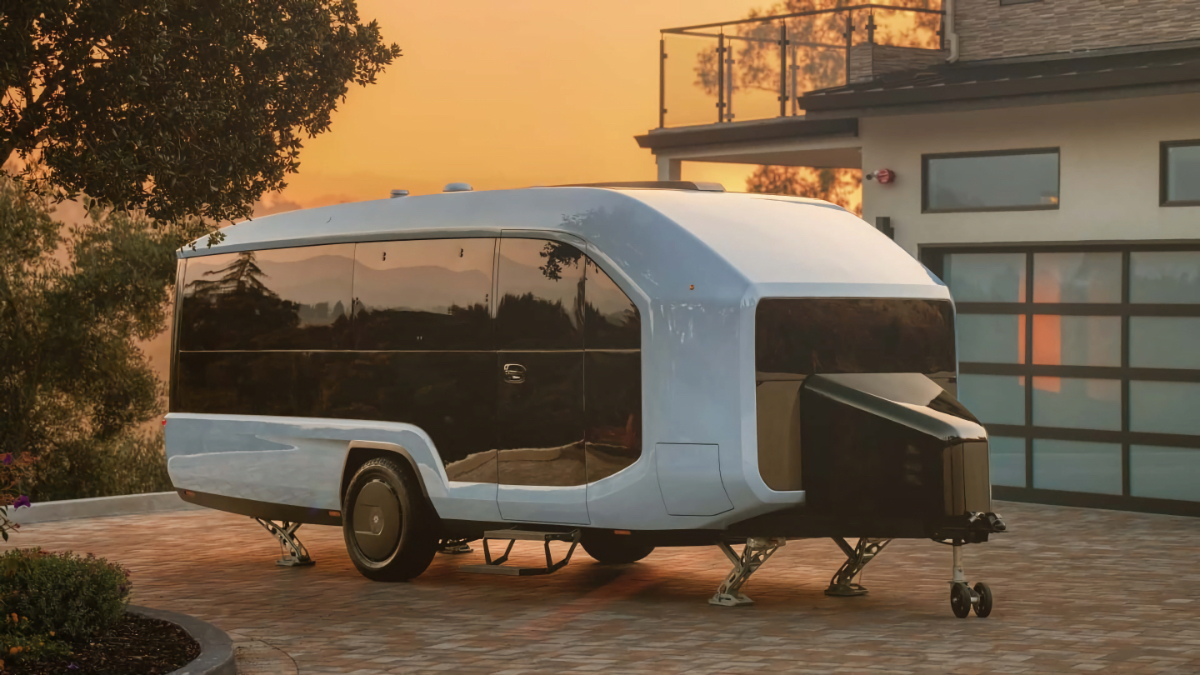
Photo Credit: Pebble
Semi-Autonomous Features
While self-driving cars may still be years away, vehicles continue to get smarter and more autonomous all the time. Bringing some of those features to more RVs could prove extremely helpful and make life on the road and at the campsite better. For instance, most new vehicles now come with lane-keep assist and adaptive cruise control to help make driving safer and less draining. Those features have started to trickle into more motorhomes as well, but they aren’t standard across the industry just yet. Adaptive cruise is especially helpful on long drives, helping drivers to stay more refreshed and relaxed on the highway.
Additionally, some new cars have the ability to park themselves, using cameras, sensors, and special software to help them maneuver into tight spots. That same technology could be applied to motorhomes and travel trailers, too. In fact, a few new high-tech towables slated for launch next year will come with their own electric drive systems, allowing owners to park them remotely using a smartphone. Onboard smart tech will assist with that process, allowing RVs to slide into a tight campsite with minimal input from a person and without the need for a tow vehicle. Some models will even park and level themselves, deploy awnings and satellite dishes, and other features completely on their own.
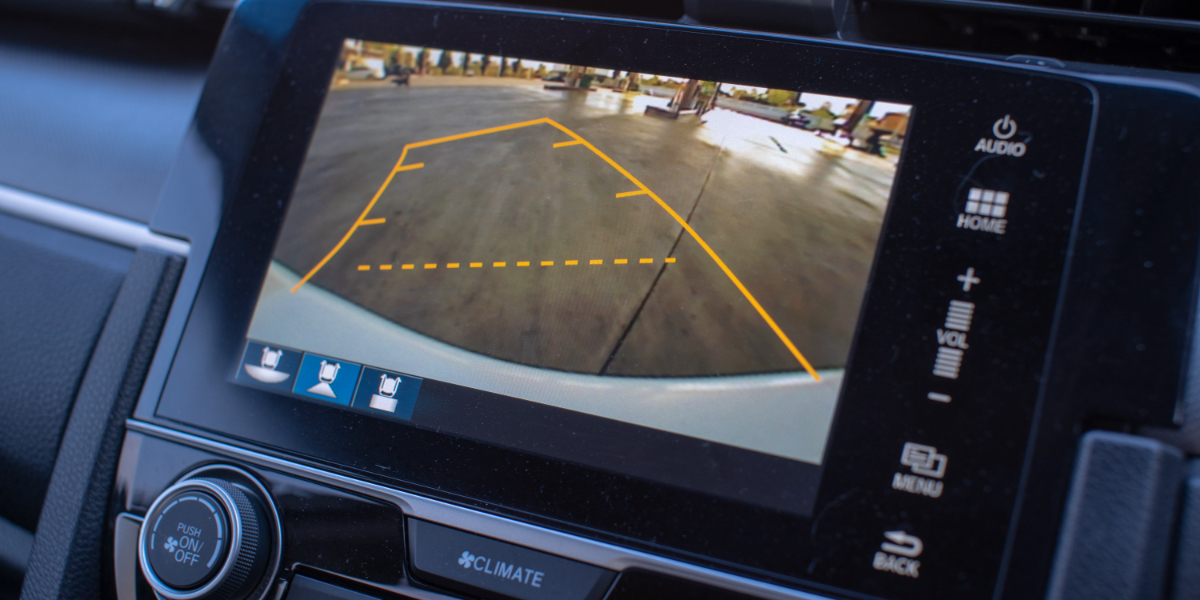
Photo Credit: Oranat Taesuwan/Getty
360º Camera Systems
Many cars and trucks now have a 360º camera system, which comes in handy when backing up or parking. Some RVs also have this feature, although most are just prepped for an optional aftermarket backup cam.
We’d like to see more models ship from the factory with a full suite of cameras and further enhance the technology for use as a security system. Imagine being able to activate the cameras to keep tabs on your vehicle while you’re away or just watch the campsite overnight while you sleep. Motion-sensing cameras can turn on if someone or something wanders too close to your rig, saving the footage for playback and review later. This could help prevent theft and vandalism by revealing who is invading your space when you’re not around.
These are just a few of the ideas we have for practical technology we’d like to see in future RVs. What upgrades in technology are you most excited for in the future? Let us know by leaving a comment.
The post More Technology We Want to See in Future RVs appeared first on RV.com.
Source: https://www.rv.com/rv/more-technology-we-want-to-see-in-future-rvs/



